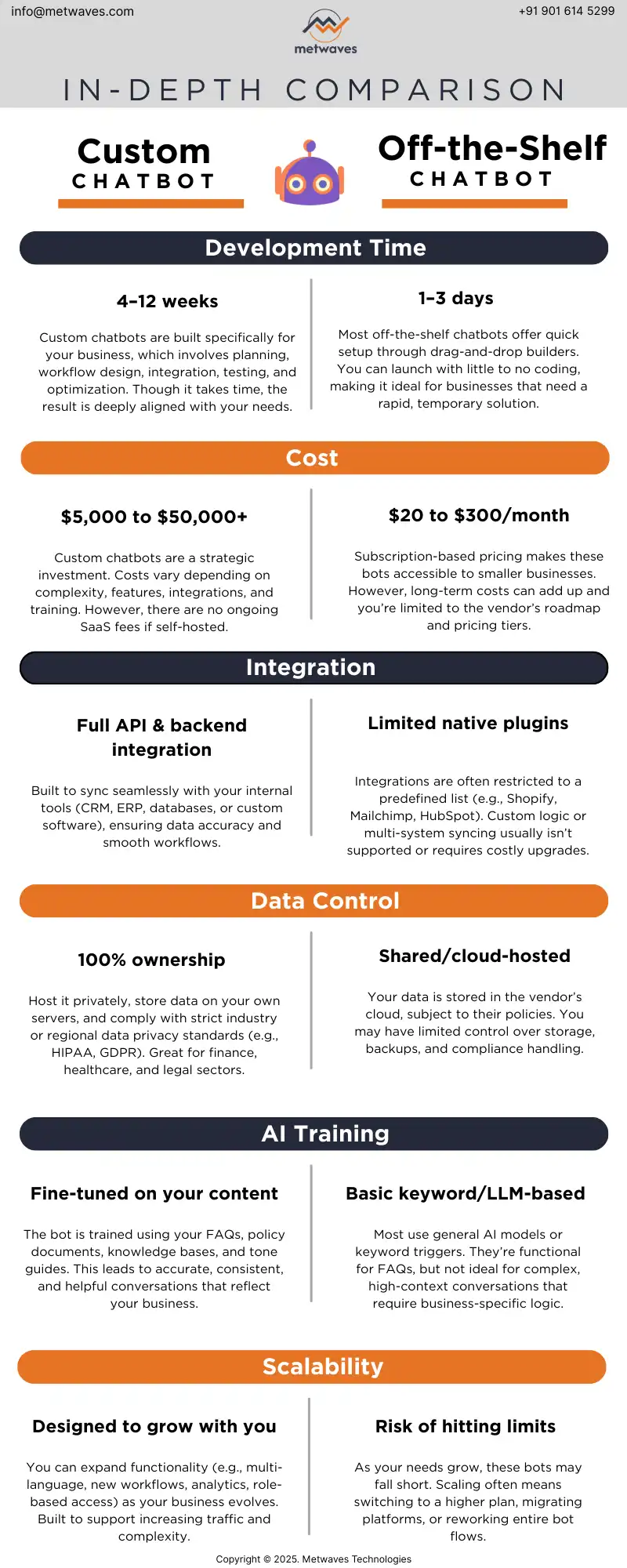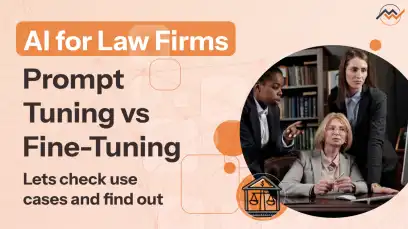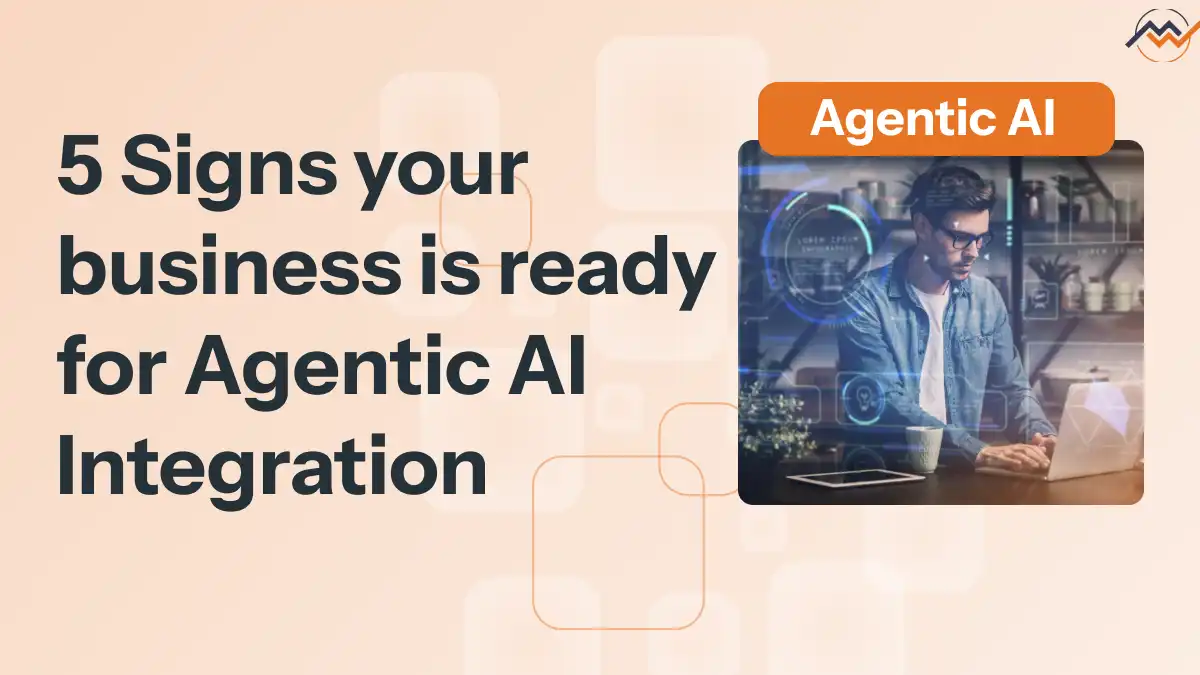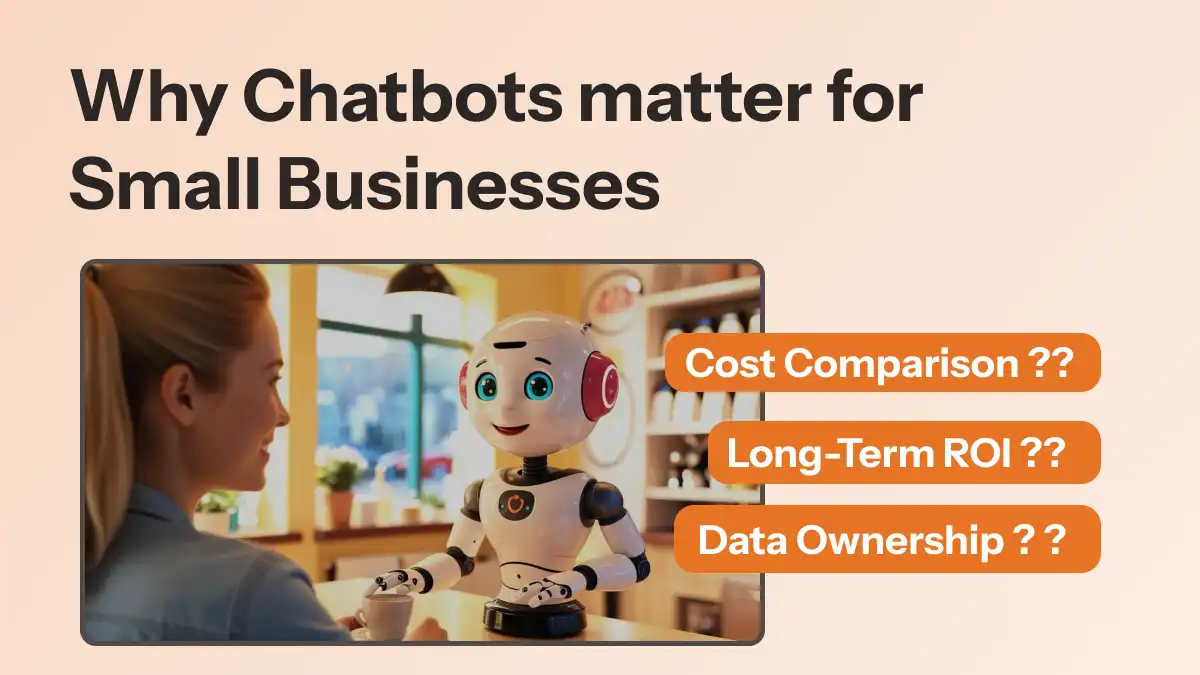In today’s fast-paced digital economy, chatbots are more than just a novelty — they’re often your first line of customer engagement. Whether it’s helping users place orders, get support, or qualify as sales leads, chatbots can save time, cut costs, and boost customer satisfaction. But the big question many business owners, marketers, and product leaders face is:.
Do we need a custom-built chatbot, or should we go with a pre-built, off-the-shelf solution?
In this blog, we’ll break down the pros and cons of both, show real-world use cases, and help you figure out what’s right for your business.
What is a Custom Chatbot?
A custom chatbot is developed specifically for your business needs. It’s built from the ground up (or heavily customized), ensuring that it understands your processes, speaks in your brand voice, and integrates with your tools.
Common Characteristics:
- Unique conversation flows tied to your workflows
- Connects directly with internal systems like CRMs, ERPs, or custom APIs
- Customized training on your company’s documentation, FAQs, and scripts
- Full control over branding, language, and behavior
What is an Off-the-Shelf (Ready-Made) Chatbot?
An off-the-shelf chatbot is a plug-and-play solution. These tools are hosted platforms like Drift, Intercom, Zendesk Chat, or Tidio. They offer pre-built chatbot templates for common use cases such as FAQs, lead capture, and simple support queries.
Common Characteristics:
- Minimal setup time (anyone can launch it)
- Drag-and-drop chatbot builders
- Connects to popular platforms like Shopify, Salesforce, or Mailchimp
- Typically offered as monthly SaaS subscriptions

How to Decide: Key Business Considerations
Let’s walk through the core factors that should guide your decision.
1. 🚀 How Complex Is Your Use Case?
Off-the-shelf is great if:
- You’re handling simple FAQs
- You’re capturing leads with contact forms
- You’re sending calendar links or newsletters
Custom is necessary if:
- Your workflows involve conditional logic or multi-step user journeys
- You need your chatbot to talk to internal databases, CRMs, or proprietary tools
- You're automating business processes or decision-making
Example: A healthcare provider in California wants to let patients:
- Check symptoms
- View nearby clinic availability
- Schedule appointments
- Get reminders via SMS
This requires a HIPAA-compliant, API-integrated chatbot — custom only.
2. 🎨 How Much Do You Care About Branding and UX?
Off-the-shelf chatbots:
- Offer limited theming (color, logo, chatbot icon)
- Speak in default or mildly customizable tones
Custom chatbots:
- Fully mirror your brand tone — from casual to professional to witty
- Offer rich UX — custom avatars, animations, contextual awareness
Example:
A San Francisco-based lifestyle brand wants its bot to:
- Greet customers by name
- Use Gen Z lingo
- Make product suggestions like a personal shopper
An off-the-shelf bot can’t nail that experience. Custom wins here.
3. 🔌 Do You Need Deep Integrations?
Go off-the-shelf if:
- You only need Zapier-style integrations (Shopify, Stripe, Mailchimp)
- You’re okay working within limited native apps
Go custom if:
- You want to pull order info, check inventory, or fetch user data from your backend
- You need to push data into custom dashboards or BI tools
Example:
A construction services firm in Ohio wants:
- Field reps to log site issues via chatbot
- Data to sync with their custom project management platform
- Photos to be uploaded through the chat interface
That requires custom development and secure integrations.
4. 💰 What’s Your Budget and Expected ROI?
- Off-the-shelf is cost-effective short term — perfect for proof of concept or short campaigns
- Custom is an investment — but delivers better ROI if you're automating critical workflows or reducing manpower
🧩 Pro Tip:
If your chatbot replaces one full-time support agent, that’s ~$35K–$50K/year saved. Even a $10K custom bot can pay for itself in 3–6 months.
5. 🧭 What Are Your Long-Term Plans?
Short-term use case?
→ Off-the-shelf is fine.
Long-term scale or AI strategy?
→ Go custom. You’ll:
- Avoid migration headaches later
- Own your code, data, and user journeys
- Evolve the chatbot into a broader automation ecosystem
Example:A mid-sized SaaS company in Boston initially uses Drift but finds it hard to customize the flow. As they grow, they need:
- Advanced lead scoring
- Real-time Slack notifications to reps
- Integration with HubSpot and Stripe billing
They re-platform to a custom AI bot tailored to sales and support.
How to Decide: Key Business Considerations
Let’s walk through the core factors that should guide your decision.
- Do I need the chatbot to talk to my systems (inventory, CRM, database)?
- Do I want to control the bot’s behavior and brand personality?
- Am I planning to scale this bot into something smarter later?
- Is security or compliance a major concern (healthcare, finance, legal)?
- Do I expect this bot to improve conversions or reduce manual labor?
→ If you said “yes” to 3 or more — go custom.
Final Thoughts: It's About Fit, Not Flash
Your chatbot should serve your users, support your team, and align with your goals. For some companies, off-the-shelf is a great way to start. For others, a custom chatbot is not just a tool — it’s a strategic business asset.
A chatbot that saves time, improves conversion, or enhances experience isn’t a cost — it’s an ROI machine.
How Metwaves Can Help :
At Metwaves, we help businesses build chatbots that fit.
Whether it’s a quick-launch bot for your ecommerce store or a HIPAA-compliant AI assistant — we’ve got you covered.




